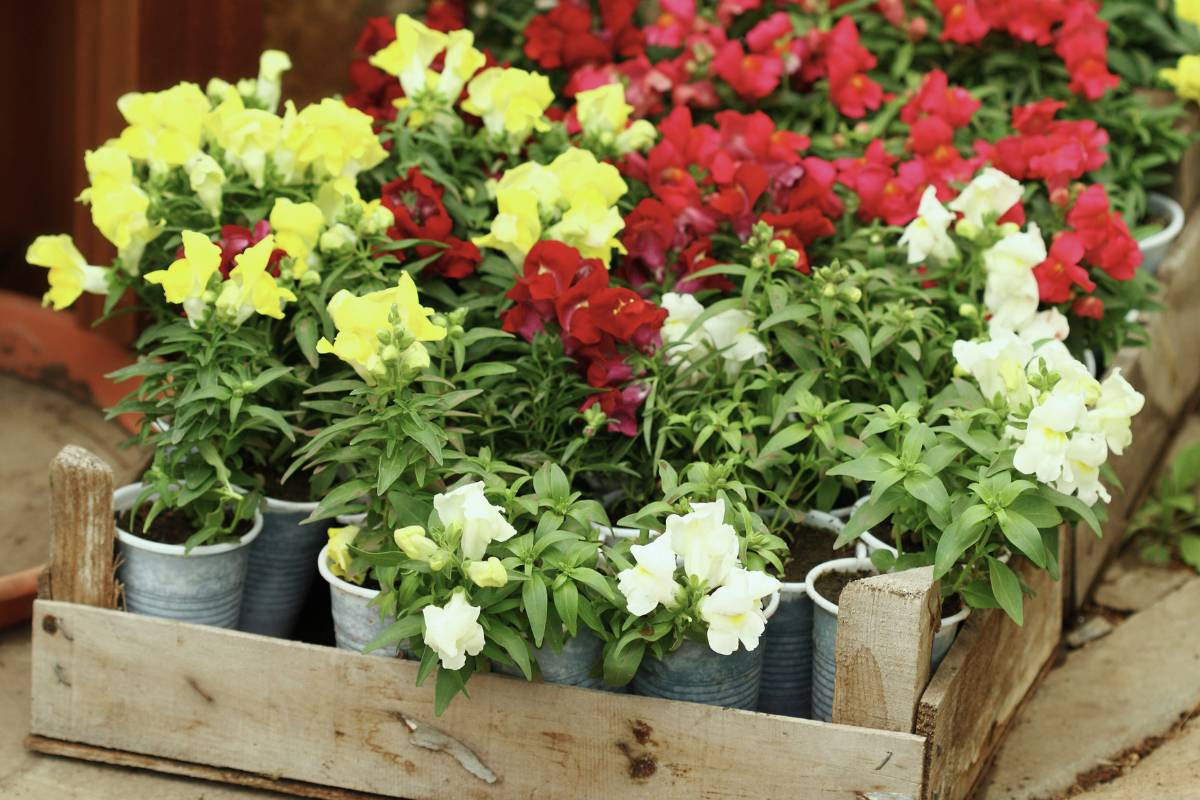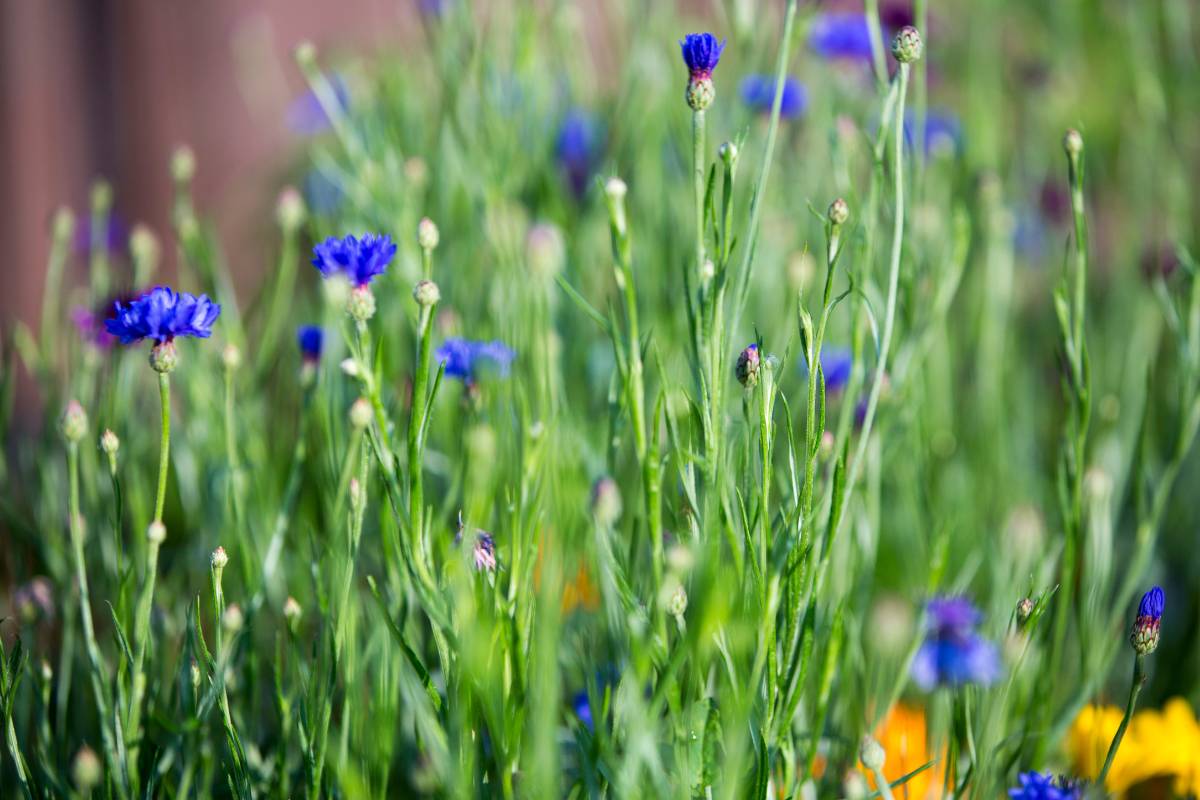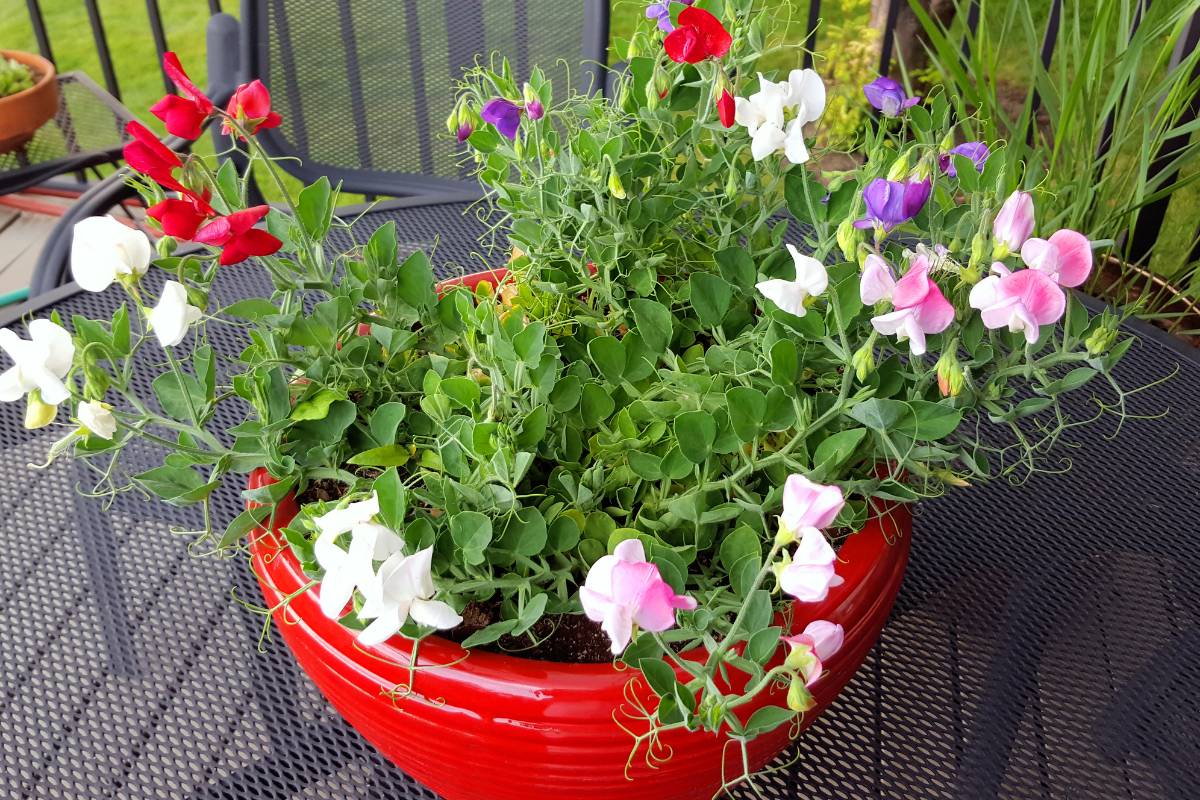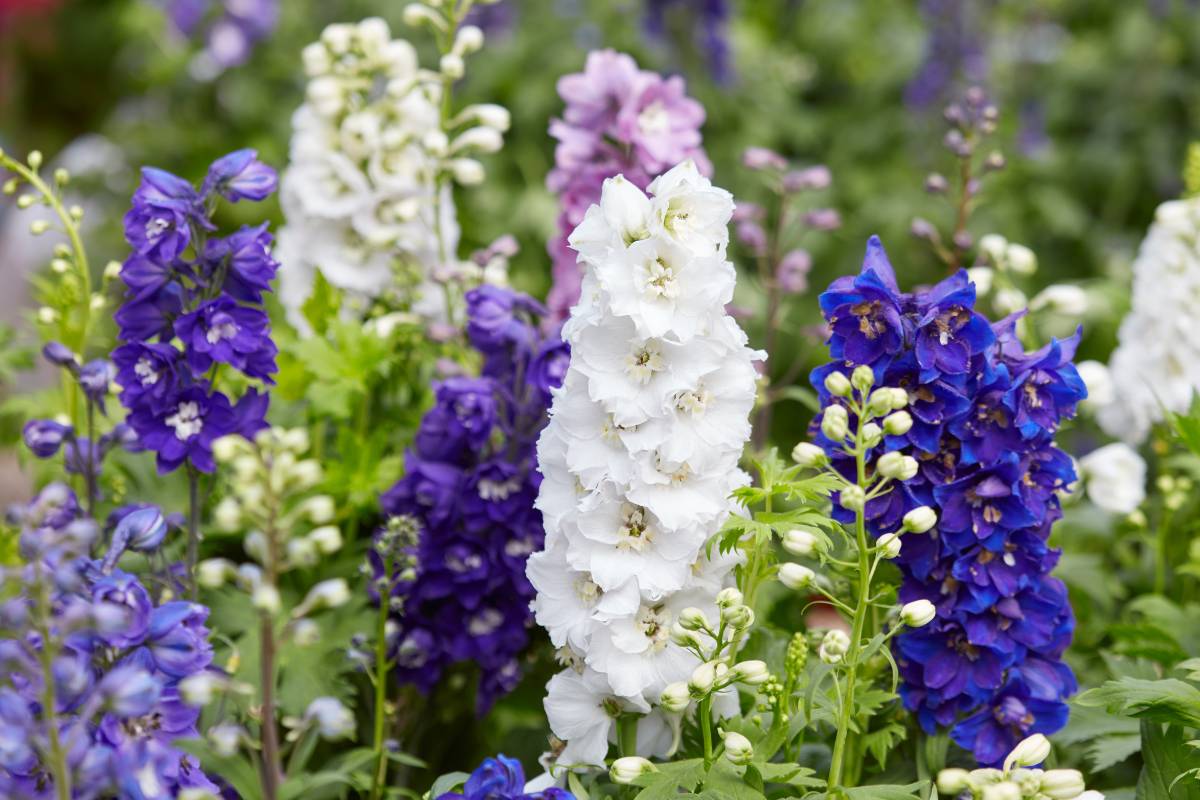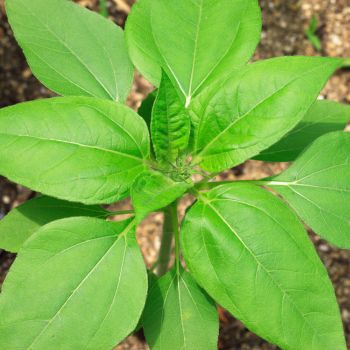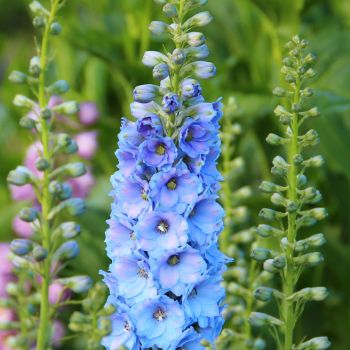Any gardener aiming to have year-round flowers in their garden shouldn’t go past hardy annuals. Why? Hardy annuals are often the earliest flowers to bloom in spring and include some of the world’s favourite cut flowers. Many also attract pollinators and are reliable self-seeders.
While heat-loving flowers like cosmos and zinnia can’t be planted until the weather warms up in spring, hardy annuals have a head-start, having already established a strong root system through winter. Read on to discover the best hardy annuals to grow and how to time your planting for the best results.
What are Hardy Annuals?
Hardy annuals are plants that complete their life cycle in a single growing season and can survive cold temperatures, including frost. Unlike tender annuals that are typically planted in spring, hardy annuals are best planted in autumn in most climates.
These plants thrive in cooler temperatures but often struggle once the summer heat arrives, especially in subtropical and tropical climates. By planting in autumn and growing them through winter, plants will flower in early spring before the worst of the hot weather knocks them over.
Why Grow Hardy Annuals?
There are many reasons to grow hardy annuals in your garden. These plants may be underwhelming during the winter months, but flower quickly in early spring, or even late winter, filling the gap between flowering bulbs and warm-season annuals.
Some of the best cut flowers come from hardy annuals, including florists’ favourites like stock, larkspur, sweetpea and snapdragon. Many, such as Queen Anne’s lace, nigella and Californian poppy, are also reliable self-seeders, meaning that you don’t need to plant them each year. With so many benefits, it's no wonder hardy annuals are a favourite among gardeners!
Timing your Planting
As a rule of thumb, autumn and spring are the times to plant hardy annuals. Autumn planting is often preferred, especially in warm climates, as this allows plants to grow and flower before they are knocked over by hot weather. In cooler areas of Australia autumn planting is also recommended for flowers in early spring, though seeds can also be sown in early spring with flowers forming in summer.
If planting in an area that experiences regular frosts, some experimentation may be required to work out the best planting time. Often, large seedlings can withstand a frost that will see off more delicate, newly germinated plants. Sowing seed in early to mid-autumn will reward you with robust seedlings that can survive through winter and really take off in spring. If you experience regular, severe frosts (down to -5 or so), try larkspur, cornflowers and calendula, or wait until spring to plant.
How to Plant Hardy Annuals
Sow hardy annual seeds directly into prepared planting beds in full sun, or start seeds in trays eight to 10 weeks before you aim to transplant them into the garden.
The idea is for these cold-tolerant plants to have time to germinate, grow and develop a strong root system before the coldest winter weather and frosts hit. Seedlings sown in autumn may languish and look a little daggy through winter; don’t be fooled by their reticence to shine, all the action in cool weather is underground and plants will recover quickly once the thermometer starts to climb in spring.
Favourite Hardy Annuals to Grow
- Calendula: A great companion plant and pollinator attractor that will bloom for months from mid-winter, with daisy-like edible flowers.
- Cornflower: An edible and bee-attracting cottage garden flower, with a wide range of colours available.
- Larkspur: Produces vertical spikes of blue, pink or white flowers that look stunning at the back of borders or in the vase.
- Nigella: A great self-seeder, with delicate flowers and attractive seed pods that seem to float above a mist of fine feathery foliage.
- Queen Anne’s Lace: Upright plants with large umbels of creamy white flowers. A lovely cut flower that will self-seed readily.
- Snapdragon: Compact plants that thrive in cool weather, producing colourful flower spikes in spring.
- Stock: A cut flower favourite.
- Sweetpea: A cold tolerant climber producing masses of fragrant flowers in winter, spring or summer depending on the variety.
So, if you desire a garden that brims with colour, attracts pollinators and provides abundant cut flowers, consider incorporating hardy annuals into your planting plan. With their versatility, adaptability, and ability to withstand cooler temperatures, they are a reliable choice for bringing life and vibrancy to your garden in spring.
